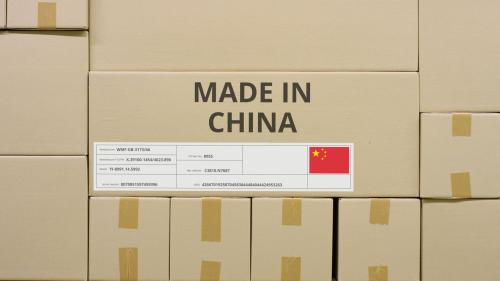I recently attended an interesting discussion organized by the Gates Foundation on managing natural resource revenues for human development. The idea is being how do you convert natural resource wealth into broadly distributed human capital, which will lay the ground for equitable and sustainable growth. This issue is particularly timely given recent discoveries of oil, gas and minerals in many African countries, including Ghana, Uganda, Kenya, Tanzania and Mozambique.
So far, the track record for effectively managing natural resource wealth has been pretty dismal with very few countries successfully using their natural resource wealth to promote sustained economic growth and poverty reduction. In fact, many countries have not only squandered their resources but their economic performance has actually worsened in many cases, leading to what is often referred to as “the resource curse.” Indeed, people in lower-income, resource-rich countries generally fare consistently worse in health and education outcomes than what would be predicted by their level of income. Equatorial Guinea is a case in point, albeit an extreme one. Its GDP per capita is $23,133 (32nd in the world just ahead of South Korea). However, three-quarters of its population lives in poverty (2006) and it ranks 136th on the Human Development Index (2012).
It’s welcome news that people are talking about how human capital should be one important pillar of a strategy for using natural resources for development purposes. It is critical that investments in people – and not just in infrastructure – are seen as investments in the future of resource-rich countries. Arguably, returns on investment in education, health and nutrition may dominate other options, especially when some aspects of human capital are taken into account, notably its flexibility, mobility and cumulative nature. Children’s cognitive development, school performance and future productivity are compromised in the absence of early attention to nutrition and care (Shonkoff et al., 2012). Conversely, when children thrive with access to good learning environments and adequate health services, their skills can be used flexibly across different economic activities and are not tied down to a particular location.
This does not mean, however, that earmarking natural resource revenues to the education and health sectors is necessarily the right thing to do. In recent months, Brazil’s president, Dilma Rousseff, has sent lawmakers proposals to earmark all oil royalties collected by the state for public education. Brazil’s Congress appears to have limited appetite for the idea, and perhaps for good reasons. First, earmarking has the disadvantage of balkanizing the budget and reducing flexibility to change expenditure allocations when faced with legitimate changes in priorities. Second, throwing more money at the supply side does not always lead to improvements in human development outcomes. We know that there is a tenuous link between the level of spending and the status of education and health outcomes, and often guaranteed resources are not likely to encourage greater efficiency. Third, in view of the pro-rich bias that pervades most budgetary spending, more resources do not necessarily translate into more services for the needy.
There is a strong case to be made for making sure that at least part of the natural resource wealth of poor, resource-rich countries is converted into human capital. However, how this is done requires considerable thought. Putting more money in the hands of government ministries to do business as usual is clearly not the answer. While there is no silver bullet for building accountable institutions, we know that it helps to focus both on boosting demand for quality services and ensuring that providers are responsive to the needs of the population. Some examples of effective programs that deliver on these objectives include conditional cash transfer programs, such as Bolsa Familia and Oportunidades. These programs have successfully boosted school attendance and preventive health care utilization among the poor in addition to reducing poverty (Fiszbein and Shady, 2009). Even unconditional transfer programs can lead to increased demand for services as households use their added income to invest in their children.
On the supply side, results (or performance) based financing can nudge providers to make services work for poor people. Gerler and Vermeersch cite Argentina’s Plan Nacer and Rwanda’s pay for performance schemes as having demonstrated how provider behavior is responsive to financial incentives, with both programs leading to enhanced health services utilization among women and children in poor communities.
The Gates Foundation is well placed to make a positive difference for people living in resource-rich countries for many generations to come, provided it embraces the importance of incentives and accountability in delivering services for better human outcomes and builds on promising interventions.
The Brookings Institution is committed to quality, independence, and impact.
We are supported by a diverse array of funders. In line with our values and policies, each Brookings publication represents the sole views of its author(s).


Commentary
Avoiding the Resource Curse: How to Manage Natural Resource Wealth for Human Development
July 11, 2013